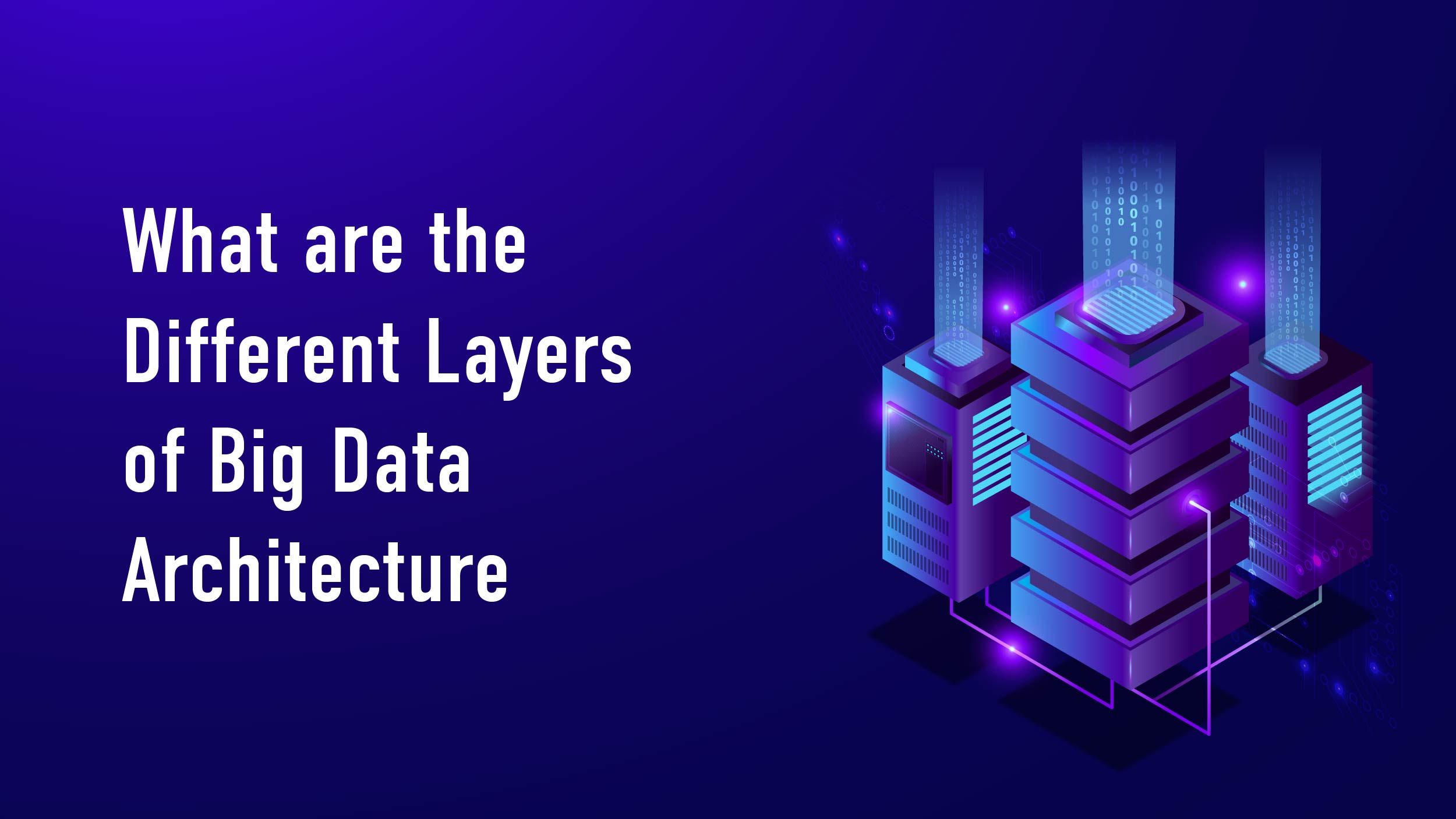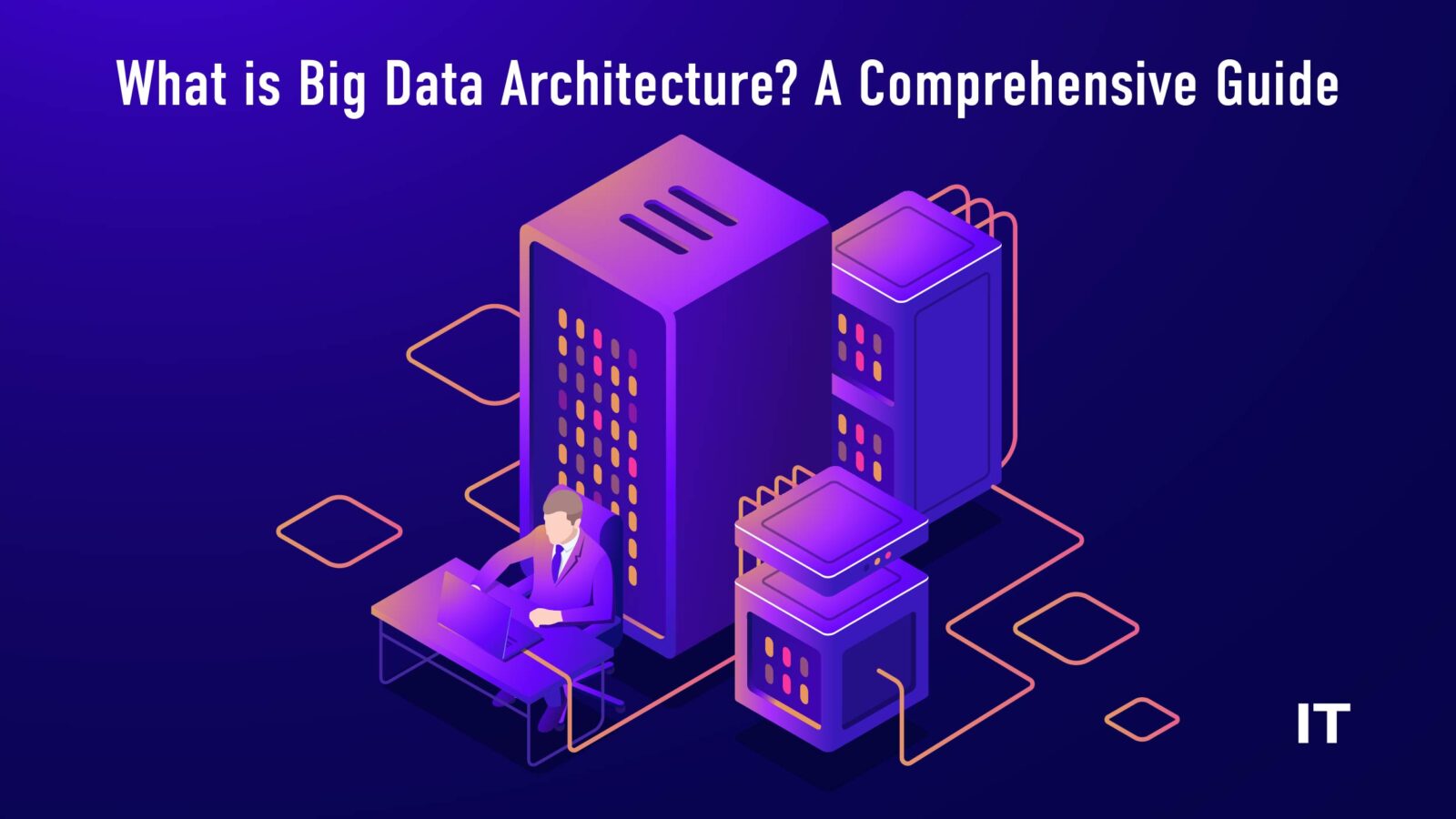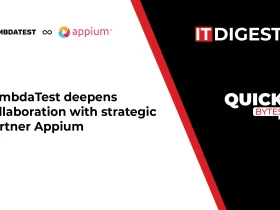Amidst the digital world, businesses are overwhelmed with massive amounts of data. By 2025, the data generated in the world is estimated to reach 158 zettabytes. This is an outrageous amount, equivalent to 158 quintillion bytes.
This brings us to the next question, how do businesses process and store data? Well, the answer is- big data architecture. According to Statista, in 2023, almost 60% of the 116 organizations surveyed reported using data to spur innovation.
In this article, we will learn how these can help streamline business processes. Let’s delve in.
What is Big Data Architecture?
The big data architecture is the logical and physical structure that oversees the flow, processing, storage, management, and access of huge data volumes. It provides the structure for big data analytics.
Companies can analyze massive data to gain insights and make informed choices. The architecture outlines big data infrastructure and solutions. It also specifies information flow, component compatibility, and security methods.
The system meets demands of increasing data volume, velocity, and variety. Typically, it has many layers like storage, analytics tools, data sources, and processing frameworks.
Types of Big Data Architecture
 Here’s an overview of some common types:
Here’s an overview of some common types:
Batch Processing Architecture: This method manages massive amounts of static data. Batch tasks are executed on predetermined time intervals to evaluate and extract insights from the data.
Real-time Processing Architecture: Developed for data-in-motion scenarios, this architecture enables enterprises to instantly process and evaluate streaming data, enabling prompt insights and responses.
Interactive Exploration Architecture: Using tools and technologies for ad hoc querying, visualization, and exploration, this architecture provides a platform for interactive data exploration and analysis.
Predictive Analytics and Machine Learning Architecture: This type focuses on harnessing advanced analytics techniques like predictive analytics and machine learning to extract insights and make data driven predictions.
These architectures can be tailored or combined according to specific business needs and scenarios. It’s worth noting that big data architecture encompasses more than just these types, with new solutions and approaches continually emerging alongside technological advancements.
Also Read: 10 Best Open-Source Big Data Tools for Professionals
Benefits of Big Data Architecture
Parallel computing for high performance: Large data sets are processed rapidly by big data architectures using parallel computing. Multiprocessor servers perform simultaneous calculations. The process divides issues into smaller units that are solved concurrently.
Elastic scalability: Big Data architectures are scaled horizontally, enabling adjustment to workload size. Cloud-based solutions charge only for used computing and storage resources.
Freedom of choice: Many solutions and platforms exist for big data architectures, like Azure managed services, MongoDB Atlas, and Apache technologies. You combine options to best fit workloads, existing systems, and IT skill sets.
Interoperability with related systems: Integrated platforms for varied workloads leverage big data architecture components across IoT processing, BI, and analytics workflows.
What are the Different Layers of Big Data Architecture
 Big data architectures comprise several layers or components, each serving a distinct purpose. Here’s an overview of the most common ones:
Big data architectures comprise several layers or components, each serving a distinct purpose. Here’s an overview of the most common ones:
- Data sources: Data originates from various inputs in different formats, including structured and unstructured data. Sources range from relational databases linked with applications like ERP or CRM to mobile devices, social media, email, and real-time streaming data from IoT devices. Data ingestion can occur either in batch mode or in real-time.
- Data storage: Acting as the data receiving layer, this component ingests and stores data, converting unstructured data into formats compatible with analytic tools. Structured data often resides in relational databases, while unstructured data may find a home in NoSQL databases like MongoDB Atlas. High-volume batch-processed data in various formats may benefit from specialized distributed systems like Hadoop Distributed File System (HDFS).
- Batch processing: Large datasets necessitate long-running batch jobs to filter, combine, and prepare data for analysis. Hadoop is commonly used for this purpose.
- Real-time message ingestion: This component categorizes data for a smooth transition into deeper layers. Architectures designed for real-time sources require mechanisms to ingest and store real-time messages for stream processing.
- Stream processing: Real-time messages are filtered, aggregated, and prepared for analysis before being written to an output sink. Tools like Azure Stream Analytics, Apache Storm, and Apache Spark Streaming are common options for this phase.
- Analytical data store: Processed data is presented in a structured format, such as a relational data warehouse, for querying by analytical tools. Alternatives include low-latency NoSQL technologies or interactive Hive databases.
- Analysis and reporting: Insights are extracted from stored data through analysis and reporting, utilizing various tools. Data scientists may conduct interactive data exploration using notebooks and toolsets, while self-service BI is facilitated through visualization and modeling techniques.
- Orchestration: Big Data analysis involves multiple data processing operations, transformations, and movements among sources and sinks. Orchestration systems like Apache Oozie, Sqoop, or Azure Data Factory automate these workflows.
Big Data Architecture Challenges
- Security: Huge amounts of stored data demand robust safeguards. Shielding centralized lakes from invasion is vital, though access can clash with supplying data elsewhere. Finding the right balance takes effort.
- Complexity: Big Data systems are an intricate web of connected pieces. Ingesting from various sources, optimizing settings across components these build, test, and resolve high skill hurdles. Troubleshooting labyrinthine processes requires deep expertise.
- Evolving technologies: Choosing perfect solutions to achieve objectives is tough when dealing with rapidly changing tech. While Hadoop’s core like Hive and Pig stabilized, other services lack maturity, bound to transform more. Getting it right is tricky.
- Specialized skill sets: Though mainstream languages now offer Big Data APIs, unusual frameworks persist. Mastering unique skills for architects and analysts remains an arduous learning curve. Staying primed is demanding.
8 Best practices of Big Data Architecture
- Use parallelism to your benefit. Splitting work across many units is key in big data processing. Static files should be stored in splittable format for this purpose. Systems like HDFS optimize read/write performance while nodes work in parallel, reducing overall time.
- Partition data is based on the processing schedule. If processing happens weekly or monthly, partition files and tables by those periods. This simplifies ingestion, scheduling, and troubleshooting. For Hive, USQL, or SQL queries, partitioning tables can boost performance too.
- Apply schema on-read semantics for flexibility. With data lakes, you can store structured, semi-structured, and unstructured file formats together. Use schema on-read semantics to project schema when processing data, not when storing it. This allows flexibility and prevents bottlenecks from arising from data validation during ingestion.
- Process data in place using the TEL approach. Traditional BI used ETL to move data to warehouses. But with big data’s volume and variety, solutions often transform, extract, and then load (TEL) into analytical stores. This means transforming distributed data into the required structure before moving it.
- Weigh resource usage and time taken. For batch jobs, consider two factors: the per-unit cost of the compute nodes and the time cost of using those nodes for the job. A job may use fewer nodes after initial processing. Running the job on a few nodes could increase total time but lower the overall cost. In some business scenarios, taking longer could be preferable to paying for underutilized resources.
- Set up distinct cluster resources for each type of task. Dedicated clusters for every kind of task should be provisioned for optimal performance. For instance, even though Spark clusters come with Hive, if you use both Spark and Hadoop significantly, you might need to set up separate clusters for each. Likewise, take into account separate clusters for each if you want to use Hive for batch processing and HBase and Storm for minimized latency seed processing.
- Orchestrate the data ingestion process. Sometimes, business applications directly write data files for batch processing into Azure storage. However, you’ll often need to orchestrate ingested data from on-premises or external sources into the data lake. Use an orchestration workflow or pipeline, like those offered by Azure Data Factory or Oozie, to centrally manage this predictably.
- It is important to quickly remove private information from data when ingesting it to avoid storing sensitive data in the data lake.
Final Words
Big data architecture is the key to unlocking the power of data in today’s digital era. By providing a framework for managing and analyzing vast amounts of information, it empowers businesses to extract valuable insights, make informed decisions, and drive innovation. Whether it’s batch processing, real-time analytics, interactive exploration, or predictive analytics, it offers a versatile solution to handle the challenges of data volume, velocity, and variety.


































